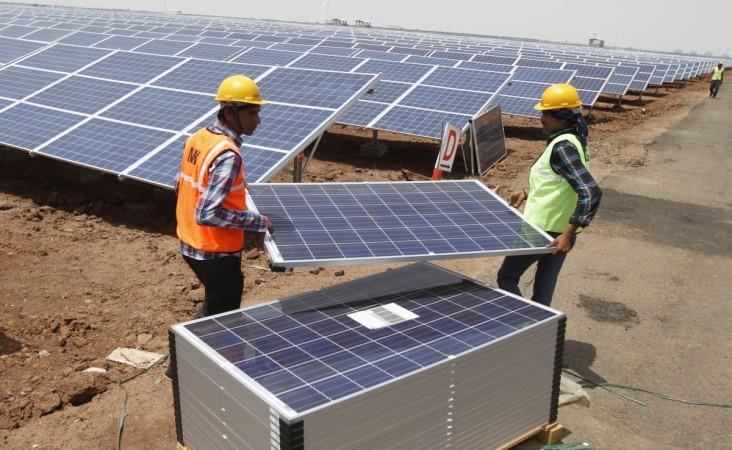
Solar power is becoming cheaper and more cost effective than the more conventional means to generate electricity, according to leading analysts.
The cost of solar in 58 lower-income countries – including China, Brazil and India – has fallen to about a third of their respective levels in 2010 and is now becoming cheaper than wind energy, according to data produced by Bloomberg New Energy Finance (BNEF).
"Renewables are robustly entering the era of undercutting [fossil fuel prices]…Renewable energy will beat any other technology in most of the world without subsidies," BNEF chairman Michael Liebreich said in a note to clients.
Countries such as China, Chile, Brazil, Uruguay, South Africa, and India were found to be emerging markets that would attract investors in low-carbon energy projects, according to a BNEF report called Climatescope.
For remote islands such as as Ta'u, part of American Samoa, in the South Pacific, that used to rely on vast imports of diesel, solar power has been revolutionary. The zone is now powered completely by 5,000 solar panels and 60 Tesla batteries.
In contrast, cost of carbon-free electricity in richer nations, where renewable energy generators must compete with existing fossil fuel power-stations, can be higher.
The dramatic drop in prices has to partly do with economies of scale. China in particular has added a vast amount of solar capacity. Beijing has also been helping other countries to pay for solar projects.
"Solar investment has gone from nothing – literally nothing – like five years ago to quite a lot…A huge part of this story is China, which has been rapidly deploying solar," Ethan Zindler, head of US policy analysis at BNEF, said, according to the Independent.
The record lowest price of electricity was achieved in an auction in Chile this August. At the price of $29.10 (£23.30) per megawatt-hour, it was at about half the price of a coal competitor.














